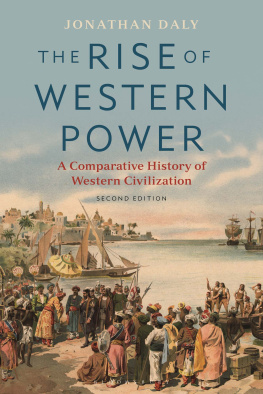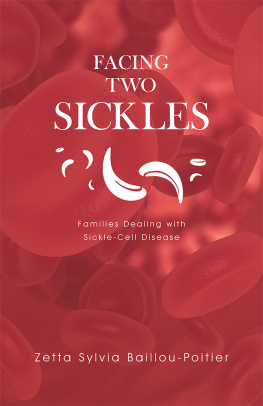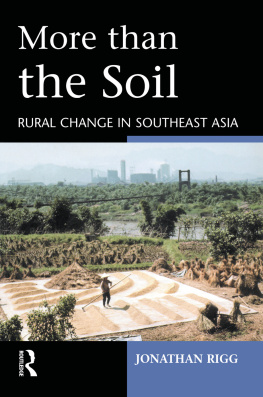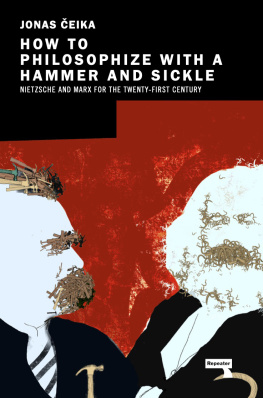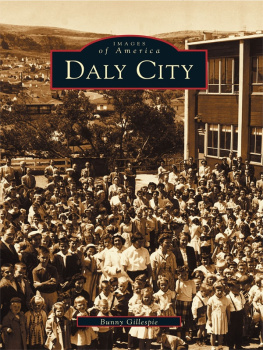D uring the reign of Peter the Great (r. 16821725), russia became the worlds first developing countryits elites better educated, its military more powerful. Within a century and a half, russias greatest composers, writers, and scientists would rival those of any country in the world. but by the time of nicholas II (r. 18941917), intellectual discontent had festered and swelled. marxism gained particular favor among russias intelligentsia because it seemed to promise a path to the highest stage of human flourishing in the face of an apparently unshakable autocratic government and without the gradual and spontaneous emergence of political, social, and economic institutions that gave such autonomy and power to society in Europe. In february 1917 crowds took to the streets in Petrograd, troops mutinied, and the tsar abdicated. In October the bolsheviks seized power in the name of worker and soldier councils (soviets). The worlds biggest experiment in social engineering had begunand in the process the seeds for its ultimate destruction were being planted.
Hammer, Sickle, and Soil details the revolution in Soviet agriculture under Stalin. Collectivization was intended to bring to russia marxs promised bright future of socialism, but the reality diverged radically from the optimistic and even joyful propaganda posters, which were for the most part created in the style and according to the philosophical tenets of socialist realism. This official artistic movement aimed to represent the achievements of Soviet socialism in the light of their future fulfillmentnot life as it was then experienced but as it should be, were everything to go according to plan, or as it would be in the bright socialist future. Such propaganda posters were a ubiquitous feature of Soviet popular culture, both adornments of public spaces and didactic tools for raising consciousness and imparting knowledge about the world to Soviet citizens. This book contains a wealth of these postersall from the hoover Archivesillustrating the spectacle of Stalins agricultural revolution.
Collectivization removed from the Soviet countryside a large proportion of competent and hardworking farmers. ultimately it was a disaster for the uSSr, which from the late 1950s systematically imported grain from the West. This volume tells that story in heartbreaking detail.
COVER POSTER
Hoover Institution Library & Archive
COVER DESIGNER
Jennifer Navarrette
Detail of Let us expand socialist competition and shock work, see page 77.
Detail of Vigilantly protect the socialist harvest, see page 74.

With its eminent scholars and world-renowned library and archives, the Hoover Institution seeks to improve the human condition by advancing ideas that promote economic opportunity and prosperity, while securing and safeguarding peace for America and all mankind. The views expressed in its publications are entirely those of the authors and do not necessarily reflect the views of the staff, officers, or Board of Overseers of the Hoover Institution.
www.hoover.org
Hoover Institution Press Publication No. 680
Hoover Institution at Leland Stanford Junior University,
Stanford, California, 94305-6003
Copyright 2017 by the Board of Trustees of the Leland Stanford Junior University
All rights reserved. No part of this publication may be reproduced, stored in a retrieval system, or transmitted in any form or by any means, electronic, mechanical, photocopying, recording, or otherwise, without written permission of the publisher and copyright holders.
For permission to reuse material from Hammer, Sickle, and Soil: The Soviet Drive to Collectivize Agriculture, by Jonathan Daly, ISBN 978-0-8179-2064-7, please access www.copyright.com or contact the Copyright Clearance Center, Inc. (CCC), 222 Rosewood Drive, Danvers, MA 01923, (978) 750-8400. CCC is a not-for-profit organization that provides licenses and registration for a variety of uses.
Hoover Institution Press assumes no responsibility for the persistence or accuracy of URLs for external or third-party Internet websites referred to in this publication, and does not guarantee that any content on such websites is, or will remain, accurate or appropriate.
First printing 2017
24 23 22 21 20 19 18 17 9 8 7 6 5 4 3 2 1
Designed by Jennifer Navarrette, with additional design and production assistance by Wilsted & Taylor Publishing Services, Oakland, California.
Printed and bound by Friesens Corporation in Canada.
The paper used in this publication meets the minimum requirements of the American National Standard for Information SciencesPermanence of Paper for Printed Library Materials, ANSI/NISO Z39.48-1992.
Cataloging-in-Publication Data is available from the Library of Congress.
ISBN 978-0-8179-2064-7 (cloth : alk. paper)
ISBN 978-0-8179-2066-1 (EPUB)
ISBN 978-0-8179-2067-8 (Mobipocket)
ISBN 978-0-8179-2068-5 (PDF)
To Christine, Anna, Zoe, and Jeremiah, hoping for a better world
Detail of Collective farm women, see .
CONTENTS
Detail of Join the collective farm, see .
Build a new life in the collective farm, 1930
Strengthen the smychka of town and country!, 1929
Sow high-yield seeds and obtain a big harvest, 1930
We will ensure the delivery of grain to the state, 192028?
Let us create indivisible funds for the acquisition of tractors, 1930
Encounter with a combine, 1931
Peasant women! Lets increase the harvest!, 1930
Lets organize a spirited sowing campaign, 1930
Come, comrade, join us in the collective farm!, 1930
A new power is rising!, 1930
Who is the first in the collective labor?, 192832?
A parable of fairness, 1920
Comrade, prepare in the Bolshevik manner for strenuous sowing! 1930
Conscientious peasants contrasted with a conniving, lazy kulak, 1931
We will fulfill the grain harvesting fully and on time, 1929
Summer daycare helps raise crop yields!, 1929
Every collective farmer, every brigade, every MTS must know the plan, 1931
MTSorganizers of collective farm production, 1930
Join the ranks of the shock worker brigades, 1931
Free working hands of the collective farmsto industry, 1931
We will fulfill the plan for 43 million hectares of winter sowing, 1931
Vigilantly protect the socialist harvest, 1936
We pledge in 1935 to produce a great harvest, 1936
We are entering into the Red List Comrade ___, 1931
The collective farm at work, 1930
Grain is our strength, 1931
Comrade, vigilance at all times, 1933
Strike the kulak, who agitates for reduced sowing, 1930








